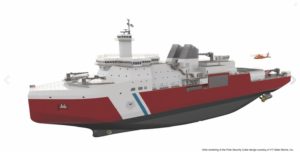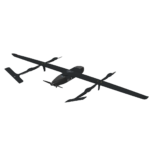
Senate Democrats on Thursday released a proposed Homeland Security funding bill that would complete long-lead funding for a third new heavy polar icebreaker for the Coast Guard and fully fund the request for a commercial polar icebreaker to help fill a near-term gap in the service’s icebreaking capabilities in the polar regions. The Senate Appropriations Committee chairman’s mark of the fiscal year 2023 appropriations bill for the Coast Guard’s polar icebreaking needs matches a bill approved by the House Appropriations…

 By
By 











